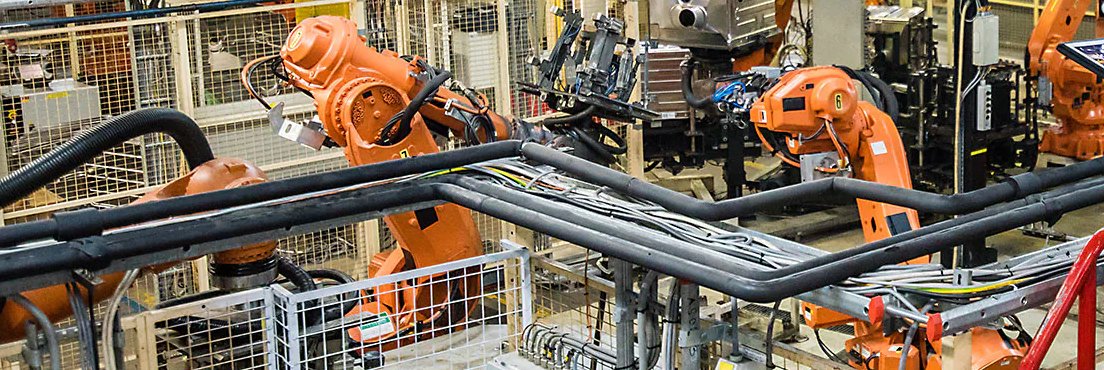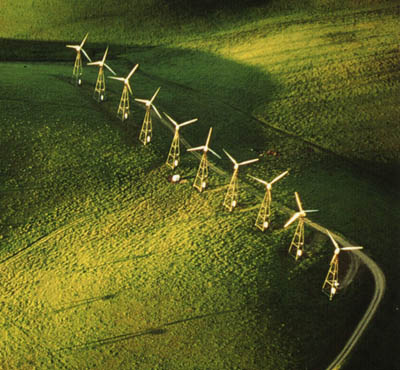
Introduction:
Technology and Environment

| Hari Srinivas | |
| Concept Note Series E-071. June 2015. |
|
Abstract This concept note explores the multifaceted relationship between technology and the environment, emphasizing both the challenges and opportunities that technological systems present for sustainable development. It distinguishes between two key categories: technologies for environment, which are general-purpose innovations with environmentally beneficial outcomes, and environmental technologies, which are specifically designed to address environmental problems. By elaborating on each category with definitions, contextual explanations, and real-world examples, the document provides a nuanced understanding of how technology can be leveraged for environmental management. It also highlights the importance of technology management, life-cycle thinking, and innovation in minimizing environmental impacts while promoting efficiency and resilience across sectors.
Keywords |
In this GDRC programme, "Technology" is taken in the broader sense to mean not only machines and equipment, but also the skills, abilities, knowledge, systems and processes necessary to make things happen.
Technologies are meant to be total systems that include know-how, procedures, goods and services, as well as organizational and operational measures.
|
Focus on the sustainability aspects of technologies that are
efficient to reduce its impacts on the environment |
"Technology Management" is, in fact, a structural process of development where the key components of management can be identified as knowledge derived from real-world experience together with human expertise capable of transforming that knowledge into action. Applied to technology management, this is the application of knowledge from lessons learnt in technology development processes to take action to solve problems.
Much of this needs to be contextualized within a typical technology 'cycle'. A technology cycle covers the stages of needs assessment, R&D, design, manufacture of the technology, marketing, product line use, maintenance and disposal/disassembly. *
As with all other GDRC programmes, there is a subtle tilt in this programme to apply technologies for environmental management and sustainable development. How can technologies be identified, assessed, developed/used and maintained in such a way that the environmental impacts of the technology is kept to a minimum?
When looking at environment and technology, it is important to understand the context within which it has to analyzed. The situation is paradoxical - technology represents both the source of environmental damage that we are facing today, as well as an opportunity to repair this damage, and avoiding it in the future.
 Technologies for environment, or Environmental Technologies? Technologies for environment, or Environmental Technologies?
Technoloiges for environment and environmental technologies are two different approaches, and is useful to distinguish between the two.
Technology for environment looks at any and all technologies and their impact on the environment - in their inputs, throughputs and outputs. They include, for example, cleaner and resource efficient technologies which can decrease material inputs, reduce energy consumption and emissions, or recover valuable by-products.
Environmental technologies, on the other hand, are technologies developed for the specific purpose of addressing an environmental problem. These include, for example, technologies for sewage treatment, water purification, minimizing waste disposal problems, processing pollutants, or proper handling of toxic/hazardous wastes.
|
Technologies for Environment:
General Technologies with Positive Environmental Impact
Technologies for environment refer to any technological systems, tools, or processes that contribute indirectly to environmental sustainability by improving efficiency, reducing waste, or optimizing the use of resources. These are not necessarily developed for environmental purposes, but their application leads to positive environmental outcomes. The focus here is on minimizing the ecological footprint of production and consumption systems across various sectors, including agriculture, industry, and urban infrastructure.
Such technologies are embedded within broader societal systems and are often driven by goals such as cost reduction, increased productivity, or enhanced user experience?while also generating environmental co-benefits. These technologies exemplify how innovation in one domain (e.g., data science, materials engineering) can bring about systemic improvements in environmental performance, often by rethinking how inputs, throughputs, and outputs are managed across the life cycle of a product or service.
Examples:
|
Precision Agriculture Technologies Use of GPS mapping, soil sensors, and drone imaging allows farmers to apply water, fertilizers, and pesticides more precisely, reducing chemical runoff into water bodies and optimizing input use. |
Green Building Design and Smart Infrastructure Technologies such as passive solar design, advanced insulation materials, and intelligent energy management systems reduce energy and resource consumption in buildings, making construction and operation more sustainable. |
Additive Manufacturing (3D Printing) Compared to traditional subtractive manufacturing, 3D printing uses only the required amount of material, reducing industrial waste and allowing for decentralized, on-demand production that minimizes transportation emissions. |
Environmental Technologies:
Technologies Designed Specifically for Environmental Management
Environmental technologies are purpose-built solutions that directly address environmental problems. These are developed with a clear environmental objective in mind?such as treating pollutants, mitigating emissions, managing waste, or restoring ecosystems. Their design, deployment, and operation are guided by specific regulatory, ecological, or health-related goals that require targeted technological intervention.
These technologies are often part of regulatory compliance strategies, environmental management systems, or public infrastructure projects. They play a crucial role in managing environmental risks and remediating damage already done, thereby functioning at the forefront of environmental protection efforts. They tend to be sector-specific and technically specialized, requiring skilled management and maintenance for effective operation.
Examples:
|
Membrane Bioreactors (MBRs) for Wastewater Treatment Advanced water treatment systems that combine biological treatment with membrane filtration, allowing for high-quality effluent suitable for reuse, and significant reduction of pollutants discharged into natural water bodies. |
Flue Gas Desulfurization Systems Installed in power plants and industrial facilities to remove sulfur dioxide (SO?) emissions from exhaust flue gases, helping to control acid rain and improve air quality. |
E-waste Recycling and Recovery Technologies Specialized processes and equipment designed to extract precious metals, safely handle hazardous substances, and recycle electronic waste, reducing landfill loads and preventing environmental contamination. |
For this reason, we need to consider the proximate causes of environmental damage - machines, factories, cities, and so on - within a larger societal context, from which the decisions to devise and implement solutions arise. It helps explain the complexities of global environmental problems such as greenhouse gases emissions or hazardous/toxic wastes, but also demonstrates the critical role of technological innovation to address those issues.
From the perspective of the environment industry, technology management would include activities producing goods and services that range from “end-of-pipe" equipment pollution control and clean-up technologies, to recycling and technical and professional services. It also covers eco-products (such as clean cars, efficient refrigerators and washing machines, biodegradable soaps).
Technology management for the environment includes goods and services which provide environmental protection in different domains: water, solid waste, air, soil, noise, natural resources, or other miscellaneous services.
| * | Note that this description of a technology cycle follows more closely to that of a product life cycle. It is different from the well-known 'Technology Adoption Life Cycle' - a model used to describe the adoption of new technologies, typically including the stages of innovators, early adopters, early majority, late majority, and technology laggards |
|
|
|
|
Return to Technology Management Comments and suggestions to - hsrinivas@gdrc.org |

